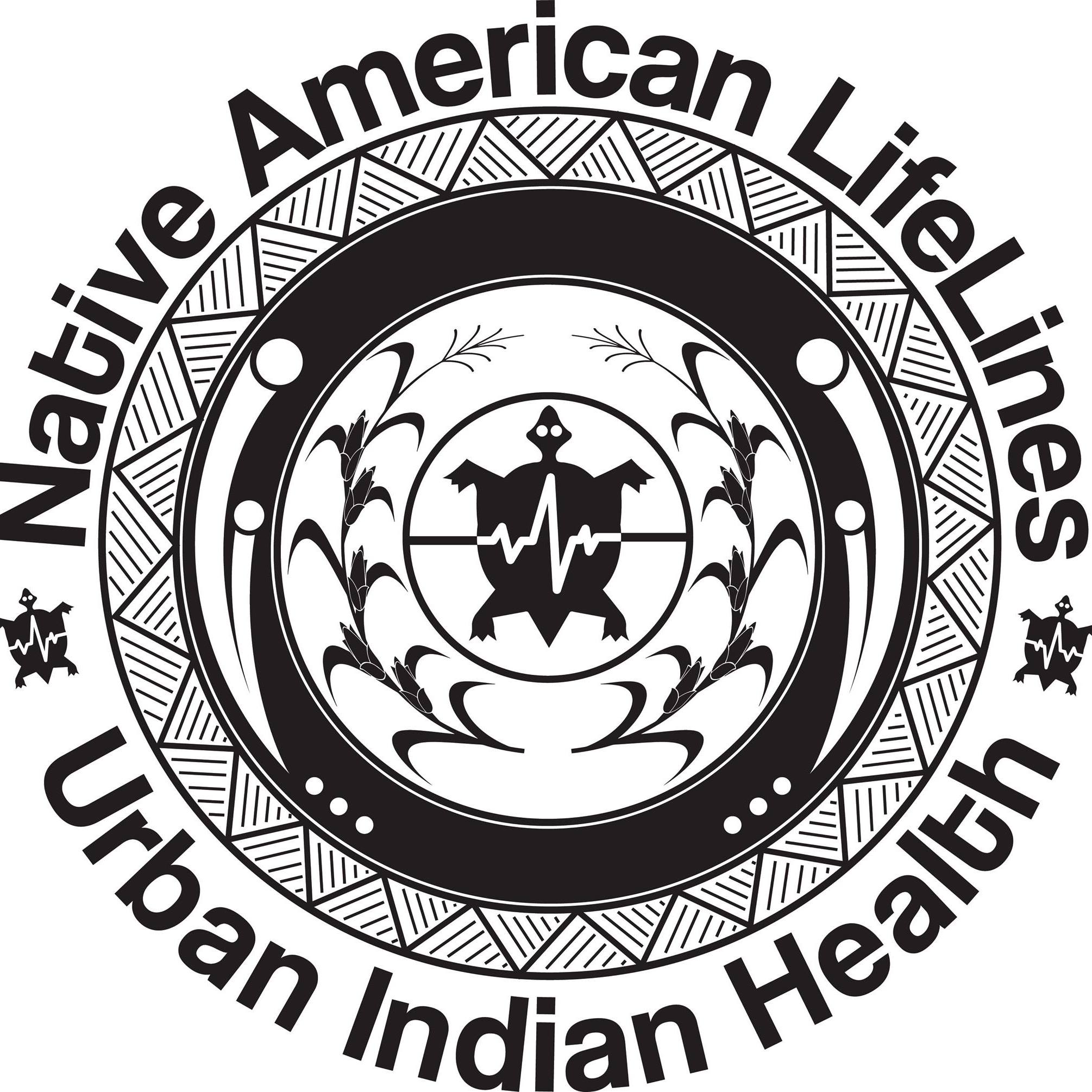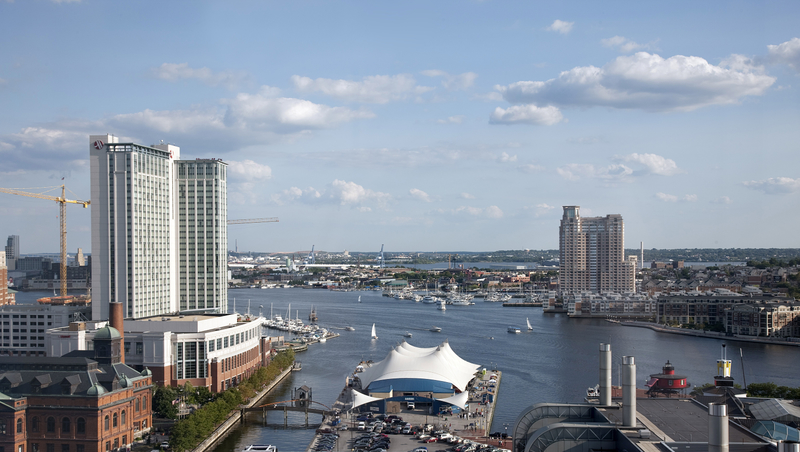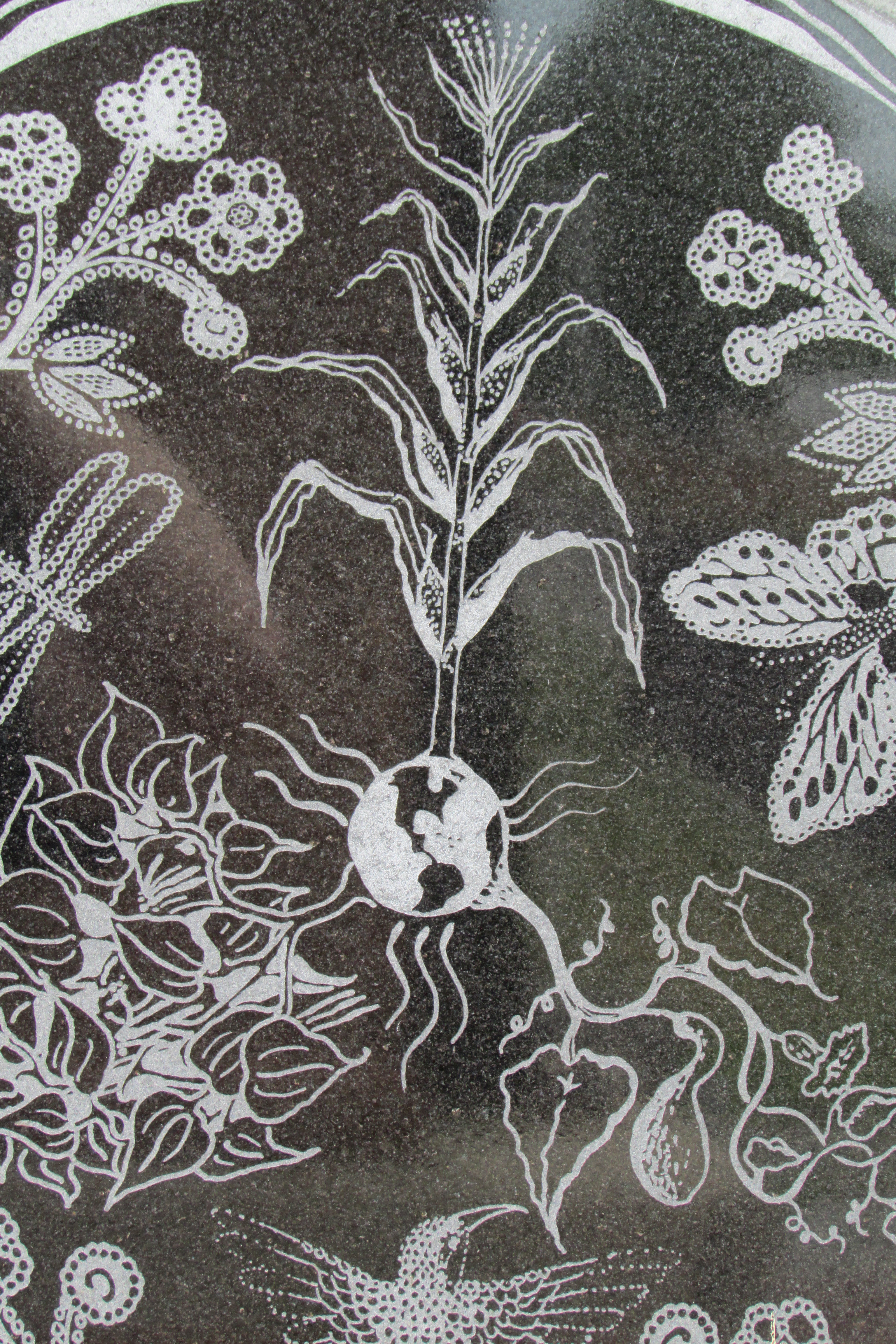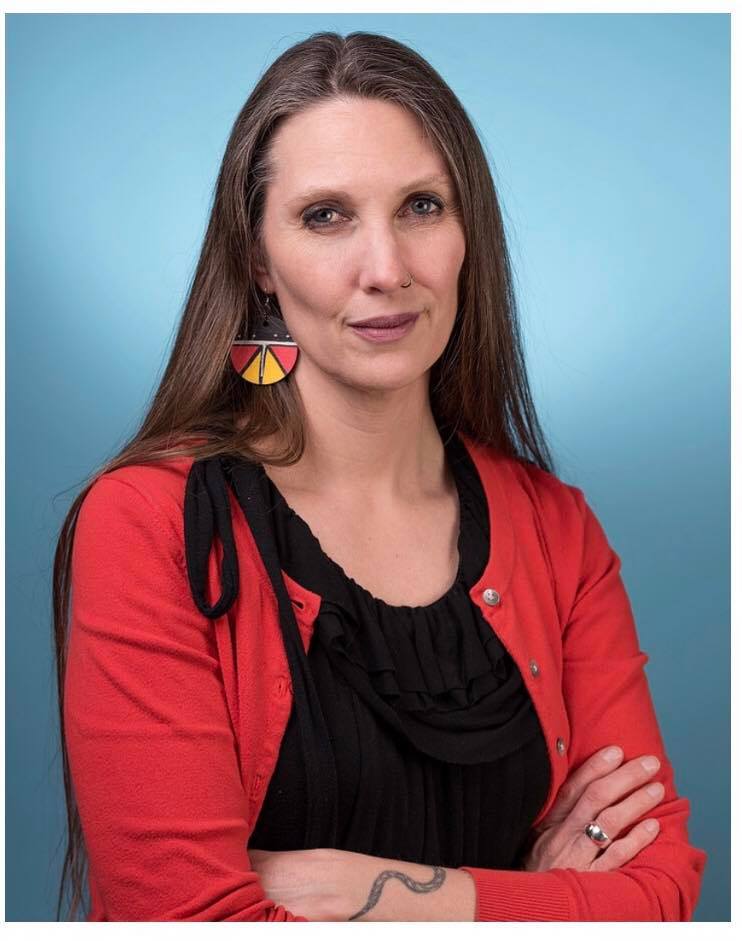Native American Urban Health
Native American Lifelines: Baltimore
Emily Russell
Introduction

Facilities that help work towards building self-determination alongside an incredibly resilient people are key to improving Native health. Many studies show that Native peoples in the United States (US) live their lives in poorer health compared to other demographics (Burhansstipanov 2000, Gracey & King 2009, Phillips 2016). People may recognize this health disparity exists, but they might not fully understand why. There is an ideology of victim-blaming Native people for this situation because of stereotypes and a lack of understanding. Harmful stereotypes like this have been forming since European colonialism in the US. These systemic issues are still perpetuated by the United States government to this day, and health/access to health care is an area of great concern. Thus emerged organizations like the Native American Lifelines (NAL), that help Native peoples living in the Boston and Baltimore area aim to improve their quality of life, educate them on healthy lifestyle practices, and provide a community for them to get back in touch with their roots.
History of Urbanization
When looking at Native urban health, it is important to take a step back and see the historical context of urbanization. People move to cities for a variety of different reasons. Contrary to most perceptions, most Native people do not live on reservations. In actuality, 78 percent of Native peoples live in an urban setting (US Census 2010, Burt 1986:85). Originally pushed out of their lands, Native peoples were forced to live in undesirable locations in the US for the greed of resources and a superiority complex. Burhansstipanov describes this progression in five stages: removal, reservation, reorganization, termination, and self-determination, where the “‘Reorganization’ and ‘Termination’ stages have had a significant impact on urban Indian health” (2000:1208). In the mid 20th century the US government was massively promoting citizens to move to cities because of the plethora of jobs that needed to be filled. Many people saw it as their best chance to move forward in life. Other people recognize this as a “Termination Period,” which started as a change in US policy (Burhansstipanov 2000:1208). Through termination, the US federal government revoked the Indian Reorganization Act created in the 1930s that lessened the US’s cultural repression (congress.gov). Burt (1986) describes termination as “a process of tribe-by-tribe legislation, revoking the tribal charters that under Collier’s Indian Reorganization Act had stood as the foundation for Indian sovereignty and Indian status as distinct peoples in American society” (86). In other words, the US government wanted their land and to weaken their sovereignty so they can be more easily handled. Termination was further endorsed during the Cold War. The Cold War brought with it a terror that any potentially competing governmental allegiance should be systematically diminished and disbanded through the dispersal of their people (Burt 1986:86). This fear helped influence policy makers to increase Native dependency on the US government by reducing the funding to sovereignty building programs and policies.

The federal government wanted to build up American nationalism, and they insisted on assimilating Native peoples. This nationalistic incorporation of Native peoples into more mainstream society not only reduced their sovereignty, but also their health. Burt (1986) described how in the 1950’s, “the decision to relocate was not a selection between various viable life alternatives but rather a desperate last resort” (89). Many people do not want to leave the place that is familiar to them, the place they call home. Adjusting to a foreign city life would be difficult for anyone. Burt further describes the amount of “cases of people with little education, poor eyesight and no glasses to correct their vision, drinking problems, criminal records, a limited ability to speak English, a lack of job skills, or various health problems” (1986:90). During this relocation effort of reservation to urban life, Native peoples were specifically placed away from each other, with the idea that the assimilation process would be made easier if they did not have a community to reinforce their cultural ideals (Burhansstipanov 2000:1209). The federal government deliberately tried to cut off Native peoples from their community. This could have hurt their emotional well-being, however, their bonds are stronger than distance. The access to the available resources, such as distance to healthcare facilities, markets, schools, and jobs in urban areas perpetuates more movement of Natives to leave the reservations, whether they really wanted to or not. Native peoples are incredibly resilient and they did find each other in urbanized settings, hence the Native American Lifelines organization. However, once urbanized, Native people were exposed to the sociocultural eating habits of the locals and in particular, socioeconomic status. Healthier foods are more expensive, wherever you live in the US, unless you grow it yourself. With the rise of cost efficient, high calorie processed foods, Native people in urban areas with a low income have little choice but to each these cheaper options. This is a large change from many traditional Native food lifestyles which generally focus on the cultivation of homegrown foods and harvesting of local flora and fauna.
Present Day Healthcare Services

Of course, Native peoples health did not always exist in this state. Before colonization Native people in the US had a very healthy diet because they ate fairly balanced foods that were not processed, and they took care of the land. They had fish, the “Three Sisters”: corn, beans, and squash, and healthy soil. While the agricultural methods that European colonization brought with provide an easy solution to mass food production, it strips the nutritional content from everyone’s diet, depletes the soil, and leaves little room for other subsistence activities, such as hunting (Gracey & King 2009:66).
Health services are fragile to maintain, and the impact of something like the government shutdown has a long lasting effect, as related by NAL. The most recent government shutdown is one example of how unstable the federal government’s relationship is with Native peoples. NAL’s funding was suspended because of the government shutdown. On the front page of the NAL website they explain this impact upfront: “Upcoming Events: Our agency is currently effected [sic] by the federal government shutdown. To check available services in your area, please contact your local NAL office” (Urban Indian Health Services: Native American Lifelines 2014). NAL works on a cost-reimbursement system with the Indian Health Service (IHS). Before the shutdown, they were still owed two months worth of vouchers from the IHS (Martin 2019). If NAL does not receive funding, they have to suspend services and lay employees off. Like hundreds of other organizations, once the shutdown was in effect, they received no more payments, and they had to suspend medical and mental services (Martin 2019). This dependant relationship that the US has arranged is incredibly destructive.
There are still lasting negative effects on tribal healthcare post government shutdown. Executive Director of NAL, Kerry Hawk-Lessard explains that the US federal government is not honoring the legal agreements they made with tribal treaties. In a personal conversation with her, she stated that “this relationship should not be impacted by the federal government’s inability to come to a resolution with regard to appropriations” (Hawk-Lessard 2019). She further compares Native healthcare with the Veterans Administration, which provides healthcare to those who served. The Veterans Administration is unaffected by the shutdown, as it should be. Native health should be just as important (2019).
"Serving" vs "Saving"
One of the main problems with NAL’s ability to help others is visibility. As discussed earlier, Native peoples were purposefully pushed under the radar. A study conducted by Phillips (2009) explains that “urban AI/ANs [American Indian/Alaska Natives] are significantly more likely to report having not seen or talked with a health professional in the past year or more compared with NHWs [non-Hispanic whites].” Hawk-Lessard also explains that “on the east coast, non-Natives don't tend to think of us even being here, and not only is that a problem in terms of funding, but it is very demoralizing to the Native people living here or being from eastern tribes, and thus deepens the historical trauma” (2019). While there are clearly programs that exist, not everyone is aware of them. While Native peoples are doing an incredible job at pushing back, holding their ground, and building up their sovereignty and self-determined lives, the US government, policy makers, and the general public lack an awareness to these issues and are not holding themselves responsible for this shortcoming.

Hawk-Lessard (2019) explained to me that it is important to be mindful in trying to help situations like this. As she described, there is a difference between “saving” and “serving”. While non-Native people may want to help, they should be aware of “white saviorism,” which promotes a marginalizing ideology. When Hawk-Lessard became the executive director of NAL, she pushed for a more community centered approach towards running the program. She is a Shawnee Native, and many of her other staff members are Native, which allows them to communicate and connect with the Native community on a deeper level than a non-Native person could. She also pointed out that policies created to tear Native peoples down never fully succeeded. She still has family who left the boarding schools they were sent to who returned to the reservations. The US government never intended for that to happen.
Conclusion
NAL and other organizations are meant to improve Native peoples health, promote greater self-determination, and provide a sense of community. As they continue standing up for themselves, they are building a more universal awareness. They are opening a dialogue with both Native and non-Native people and discussing it on a greater scale to bring about change. Through their work, NAL has helped countless Native people in Baltimore and Boston, and organizations like them around the country continue to promote good health for Native people and promote a positive community in urban centers.
Further Reading
http://www.uihi.org/wp-content/uploads/2017/03/FMAP-Facts-1_20170327_v4.pdf
http://www.nativeamericanlifelines.org/index.html
Sources
Burhansstipanov, L. (2000). Urban Native American health issues. American Cancer Society 88(S5), 1207-1213. https://onlinelibrary.wiley.com/doi/full/10.1002/%28SICI%291097-0142%2820000301%2988%3A5%2B%3C1207%3A%3AAID-CNCR5%3E3.0.CO%3B2-T
Burt, L. W. (1986). Roots of the Native American Urban Experience: Relocation Policy in the 1950s. American Indian Quarterly 10(2), 85-99. www.jstor.org/stable/1183982
Gracey, M., & King, M. (2009). Indigenous health part 1: Determinants and disease patterns. The Lancet, 374(9683), 65-75. https://www.thelancet.com/journals/lancet/article/PIIS0140-6736(09)60914-4/fulltext
Hawk-Lessard, K. (April, 11 2019). Personal Communication.
Martin, Rachel (Host). (2019, January 8). Shutdown Impacts Native Americans' Ability To Get Health Services. National Public Radio. https://www.npr.org/2019/01/08/683144164/shutdown-impacts-native-americans-ability-to-get-health-services
Phillips, L. (2016). Health Care Access and Use by Urban American Indians and Alaska Natives: Findings from the National Health Interview Survey (2006-09). Journal of Health Care for the Poor and Underserved 27(3), 1521-1536. https://muse.jhu.edu/article/628149
Urban Indian Health Services: Native American Lifelines. (2014). Retrieved from http://www.nativeamericanlifelines.org/
Image Sources
Image 1: Symbol of the Native American Lifelines Service. [Retrieved from Native American Lifelines Facebook Page]
Image 2: Baltimore Skyline. [Retrieved from goodfreephotos.com]
Image 3: The Three Sisters: Corn, Squash, and Beans. [Retrieved from Wikimedia Commons]
Image 4: Executive Director of Native American Lifelines Kerry Hawk-Lessard. [Retrieved from Kerry Hawk-Lessard Facebook Page]